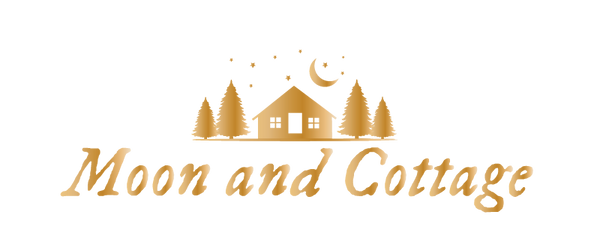When people think about cottagecore fashion, they usually imagine summer vibes with its gentle colors and warm weather which allows them wear ruffled dresses and puffy-sleeved shirts. However, there is a special charm in fall, and if you feel your style, you can make cottagecore work in any season. This article is a collection of key elements that will be useful for you in creating a charming cottagecore look for the fall season.
Colors
Again, since cottagecore is so deeply connected with the nature, you need to look around you to notice what colors to use in your outfit. Dark, ever-green and ready for winter forests – and here you have sage, jumper, moss, pine, basil, and sometimes olive as the shades of green.
Next, look at the colors of the fallen or ready to fall leaves:
- canary, mustard, bumblebee, honey (yellow);
- fire, yam, carrot, tiger, bronze (orange);
- brick, scarlet, wine, currant (red).
These are the main colors you need to work with, but of course they can be combined with black, white, beige, and their shades according to the warmth of other colors in the combination.
Materials
The predominant material for colder season is, of course, wool. It’s a natural fabric with great insulation, which will protect you from the cold winds. Plus, it’s one of the main fabrics used in cottagecore fashion. For lighter look, we recommend getting cashmere or merino wool. The best garments made of this material are coats, cardigans, and sweaters.
Another great fabric to have in your wardrobe is suede. It is also warm enough to wear during fall, but it gives you more options for the clothing items. For example, we particularly like suede skirts of mini or midi length in fall cottagecore looks.
Tweed, corduroy, and velvet always come in gorgeous colors; with them, you can create a more sophisticated cottagecore outfit, especially if it includes pants suit.
Silhouettes, details, and designs of clothes
When it comes to cottagecore, loose silhouettes are usually predominant. Nothing too tight; the main principle is to be comfortable in what you’re wearing. Here are our recommendations for silhouette types for the main garments:
- pants: flared, wide leg, boot-cut, or straight;
- skirts: A-line, pleated and knife-pleated, wrap, layered, bubble;
- dresses: empire, apron, bouffant, peasant;
- shirts: sweater, turtleneck, smock, blouse, loose shirt, gypsy.
As for details, we don’t recommend following general rule of floral patterns on clothes, it’s better to go for natural elements (e.g., sun print), basic geometry, trees and leaves, or unpatterned clothes.
Accessories
Accessories should match the general mood and color palette of the entire look. Choose a big colorful scarf to match some bright details in your look. As for hats, berets, breton caps, ivy caps, bucket hats, cloches, cartwheel hats, and broad-brimmed hats are you best options.
In shoes we recommend oxfords, derbies, Chelsea boots, Dr. Martens, knee boots, and Wellington boots that match your purse or belt. Finally, any jewelry can be used, but we recommend such with natural stones.

